For many homeowners, the biggest question when planning a move is whether to sell before buying a new home. The decision involves more than timing—it affects finances, housing stability, and negotiation power. Understanding the pros and cons of each strategy helps move-up buyers make confident, financially sound decisions in a competitive real estate market.
In 2025, fluctuating mortgage rates and tight housing inventory make the sell-before-buy dilemma even more critical. Selling first may free up equity and simplify financing, while buying first can secure your dream home before it disappears. The right choice depends on your risk tolerance, financial position, and local market conditions.
This guide breaks down both approaches to help you navigate real estate timing and decide which move works best for your next transition.
Selling Before Buying: The Safe Financial Choice
Selling your current home before buying a new one offers financial clarity and reduces pressure. By completing the sale first, you know exactly how much equity you’ll have to put toward your next property. This approach minimizes the risk of carrying two mortgages and eliminates uncertainty about your purchasing power.
For move-up buyers who rely on proceeds from their current home, selling first often makes the most sense. It allows you to make stronger offers with larger down payments and potentially avoid bridge loans or other temporary financing tools.
The main downside is logistical—you may need temporary housing if your next purchase isn’t ready immediately. However, short-term rentals or leaseback agreements can help bridge the gap.
Advantages of Selling Before Buying
1. Clear Budget: Knowing your exact sale price helps you shop within your true budget for the next home.
2. Lower Financial Risk: Avoids carrying two mortgages or paying overlapping property costs.
3. Stronger Buyer Position: A fully funded offer is more appealing to sellers in competitive markets.
Buying Before Selling: The Convenience Advantage
Buying first provides flexibility and convenience—especially if you’ve already found your next ideal home. You can move on your own schedule, avoid temporary housing, and stage your current home after it’s vacant, often leading to a faster sale.
However, this approach carries financial risk. If your old home takes longer to sell, you may need to cover two mortgage payments at once. Some homeowners offset this by using a bridge loan, home equity line of credit (HELOC), or contingency clause that makes the purchase dependent on selling the existing property.
Buying first can be a strategic move in fast-moving real estate markets, where waiting even a few weeks could mean losing the home you want. It’s a viable option for financially secure buyers who can manage short-term overlap.
Advantages of Buying Before Selling
1. Seamless Transition: Move directly from one home to another without temporary housing.
2. Control Over Timing: Sell your old home after you’ve settled into the new one, reducing stress.
3. Enhanced Presentation: An empty home can be easier to stage and show to potential buyers.
Balancing Real Estate Timing in Today’s Market
Real estate timing is everything—especially when inventory is limited and prices fluctuate quickly. To make the right move, evaluate your financial readiness and the strength of your local market. In a seller’s market, listing your current home first may give you leverage, since properties often sell quickly. In a buyer’s market, you might prefer to secure a new home before selling to avoid uncertainty.
Many homeowners opt for hybrid strategies. For example, you can negotiate a rent-back agreement, allowing you to stay in your old home for 30–60 days after closing while finalizing your next purchase. Others choose bridge financing to cover the gap between transactions without rushing either side of the process.
Whichever approach you choose, maintain open communication with your real estate agent and lender. Coordinating both timelines carefully ensures you minimize risk and stress during your transition.
Key Financial Tools for Move-Up Buyers
1. Bridge Loans: Short-term loans that help finance your new home until your current one sells.
2. Home Sale Contingency: A purchase agreement that protects you if your existing home doesn’t sell in time.
3. Rent-Back Agreements: Lets you remain in your sold home temporarily while finalizing your next purchase.
Evaluating Market and Personal Readiness
Before choosing whether to sell before buying, evaluate your personal and financial readiness. Consider your savings, job stability, and debt-to-income ratio. Buyers with strong credit and steady income may handle overlap more comfortably, while those relying on home equity should sell first for financial security.
It’s also essential to assess current market trends. If your area has high demand and low inventory, you may sell quickly—making the sell-before-buy strategy ideal. In contrast, if listings linger for months, securing a new home first may prevent you from missing favorable buying opportunities.
Professional guidance from a real estate agent can help you analyze both sides objectively. They can compare timelines, local demand, and financial implications specific to your region.
Questions to Ask Yourself
1. Can I afford two mortgage payments if necessary?
2. How quickly do homes sell in my current market?
3. Do I have enough cash reserves for moving and closing costs?
Key Takeaway
Whether you choose to sell before buying or buy before selling depends on your financial stability, market conditions, and comfort with risk. Selling first offers clarity and safety, while buying first provides convenience and control. Move-up buyers who plan ahead, consult professionals, and manage real estate timing carefully can navigate both options successfully—achieving a smooth, profitable transition to their next home.


